I was recently sent a box of six pipes for refurbishment from a gentleman in Iqaluit, Nunavut. All six pipes were made by Blatter & Blatter, Inc of Montreal, known at one point in the firm’s 100 year history as Blatter Bros.
Established in Montreal in 1907, Blatter & Blatter has remained, by choice, a small, family-owned pipe producer, currently putting out about 300 pipes annually. The company website is very short on details – I believe that the Quebec advertising laws restrict the firm from posting pictures and pricing – but as far as grading of Blatter pipes goes, Pipephil.eu can help.
Blatter pipes are marked with one or two dots on the side of the stem. One red dot indicates a machine-made pipe in a classic shape; two red dots mark a completely hand made pipe, usually in the freehand style. A few pipes are marked with one red and one green dot, indicating a machine-made pipe with exceptional grain.
The little Zulu in front of me now is marked with the dingle red dot of a production-grade pipe, but don’t let that entry-level status fool you – machine made or not, this is a lovely piece of briar, with organic, graceful curves and a well made and well fitted vulcanite stem. The pipe had been gently smoked and obviously well cared for by its owner.
I started with this pipe out of the six for its relatively short list of trouble areas. The stem was oxidized, more heavily on the back side, and had one significant tooth dent on the underside of the bit. The stummel needed a bit of an overall cleaning, and the rim would need attention to dress off a number of small dings and scratches.
The pipe is marked “Blatter” over “Montreal” on the left shank. There is no shape number stamp, which seems to be common practice with this maker.
I used the smaller reamer heads from my Castleford set to clear the old cake from the bowl, and dressed off the chamber with a bit of sandpaper wrapped around a Sharpie marker. The chamber was in excellent shape under the cake layer.
A few pipe cleaners dipped in alcohol made short work of the light layer of dirt and tars in the mortise and airway. There was not much there to clean out – a nice change from some of the estate pipes I’ve dealt with!
I used alcohol on a cotton pad to wipe away the film of tars on the rim, and then topped the bowl very lightly to erase the small dings and scratches on the rim and edges of the bowl.
Finishing off the rim rejuvenation, I tidied up the inner bevel with sandpaper, then smoothed and polished the rim, working through 220 and 320 grit sandpapers, 0000 steel wool, and finally micromesh pads in 6000 – 12000 grits.
Moving to the stem, I ran a few pipe cleaners dipped in alcohol through the airway. The stem was as clean as the shank had been. The stem then went into an Oxyclean bath to raise and soften the oxidation.
While the stem soaked, I cleaned the exterior of the stummel with Murphy’s Oil Soap. I applied the soap with an old toothbrush, then rinsed the stummel under the tap.
This Zulu wasn’t particularly dirty or smelly, but I set it up with a salt and alcohol treatment anyway to ensure that it went home to Iqaluit fresh and ready to be enjoyed again.
I let the stummel sit overnight. In the morning, the salt had discoloured only slightly, a testament to the cleanliness of the pipe.
Dumping out the salt, I ran an alcohol-dipped pipe cleaner through the airway and around the inside of the tobacco chamber to clear any stray salt crystals before wiping the briar with mineral oil. The oil replaces some of the moisture lost during the cleaning process and gives the finish depth.
I set the stummel aside at this point in order to work on the stem. I pulled the stem from its bath and scrubbed away the softened oxidation and dirt with 0000 steel wool and Magic Eraser.
The stem was in fairly good shape, but the tooth dent needed attention. I filled the dent with CA glue mixed with charcoal powder and let the patch cure. Needle files leveled the patch and sharpened the edges of the button.
With the rough shaping done, I smoothed and polished the vulcanite with 220 and 320 grit snadpapers followed by 0000 steel wool.
I removed the sanding marks and brought up a shine on the stem with a full course of micromesh sanding pads in 1500 – 12000 grits.
Then it was time to reunited stummel and stem and head to the buffer. I gave the pipe a run of white diamond compound and several coats of Carnauba wax.
This Blatter Zulu is ready to head north to its owner. I think he’ll be pleased to get it back – it’s a lovely little pipe, about 5” long, with a proportional bowl size perfect for a shorter smoke. The briar shows attractive cross grain on the top and bottom, and birdseye on the left and right sides. Try as I might, I couldn’t find any fills or flaws in this piece – I wish other pipe makers paid such attention to their own entry-level pipes!
Thanks for following along with this quick refurbishment. Keep your eyes open for more posts from this collection coming soon!
Until next time, Happy Piping! Here’s the finished pipe.


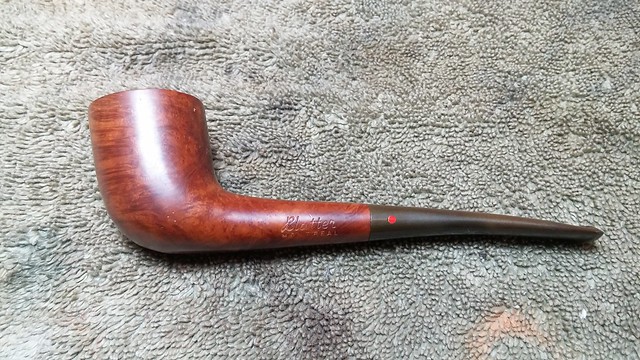


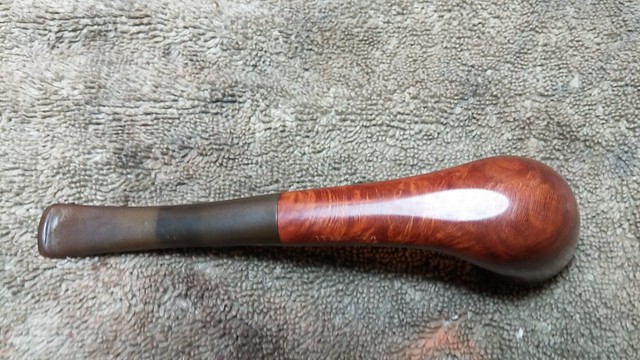

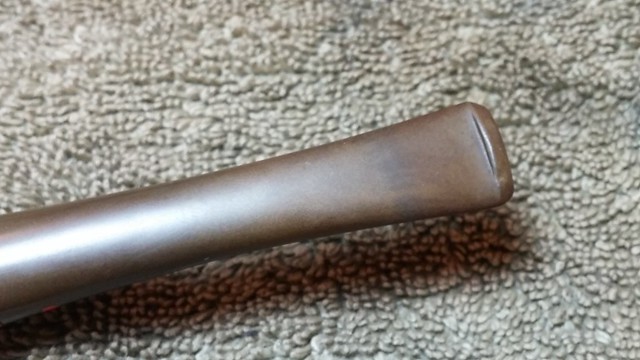
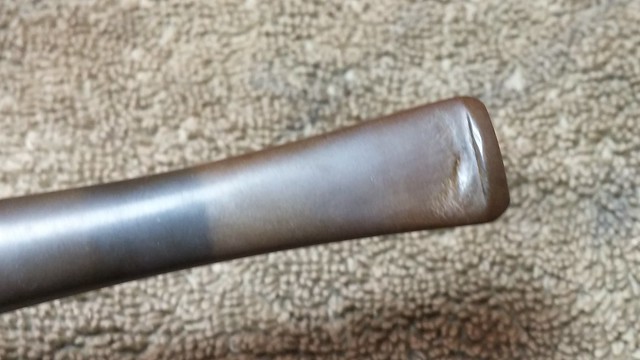

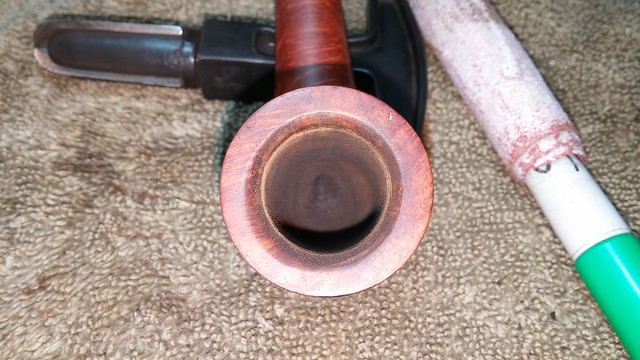
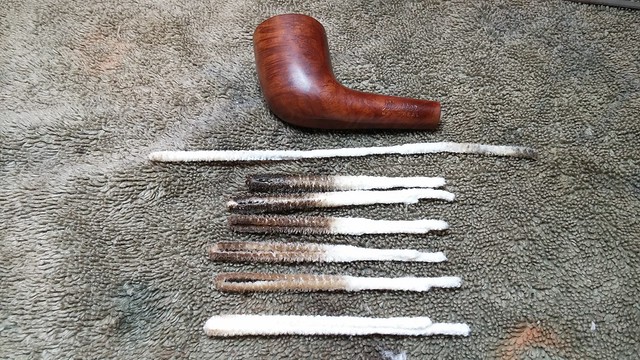


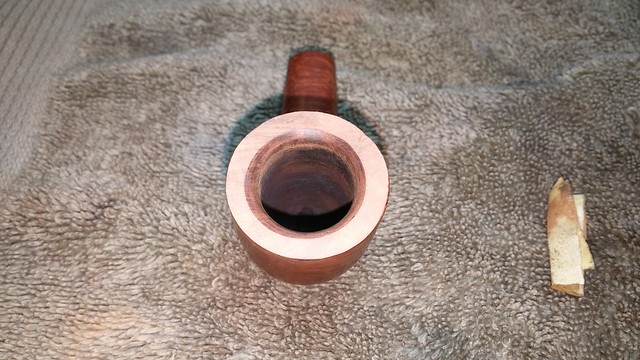




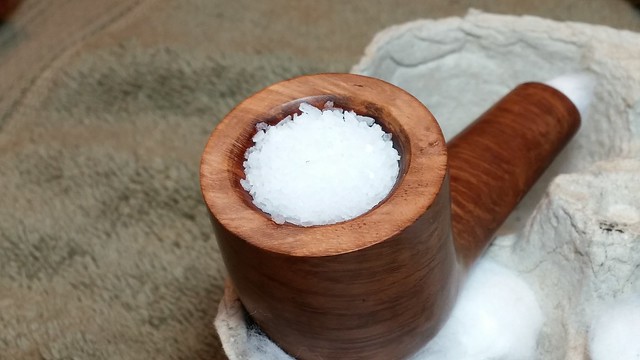
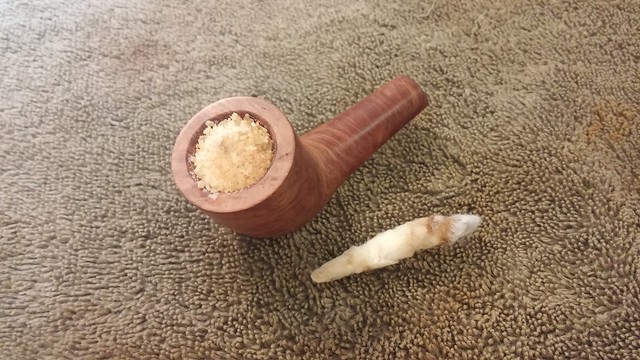
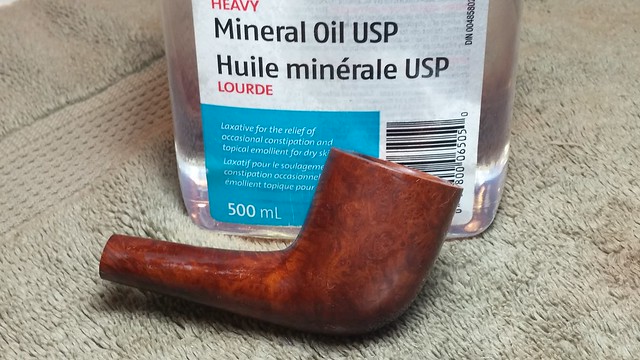
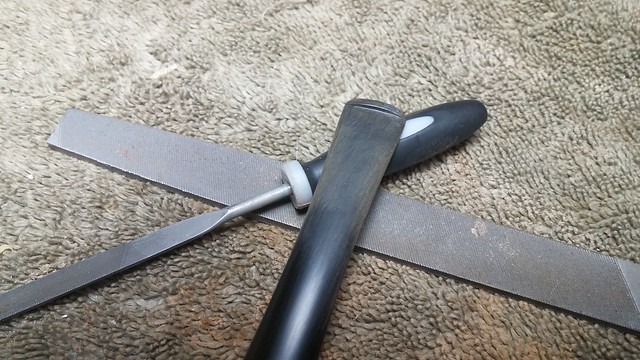
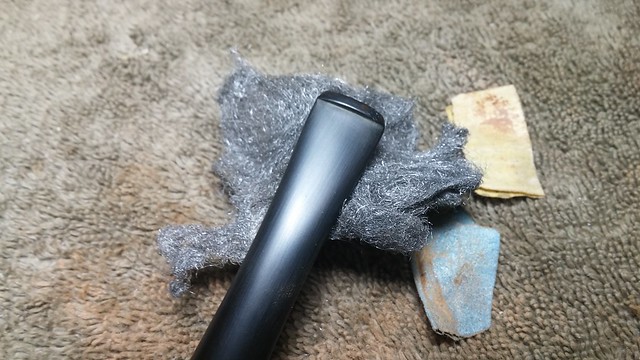
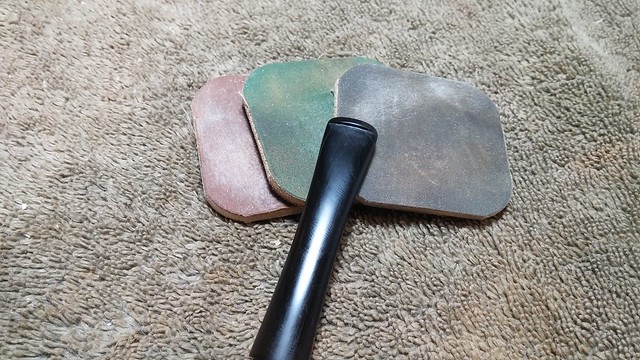
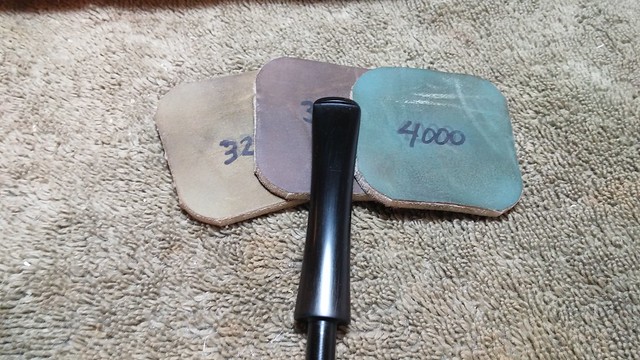
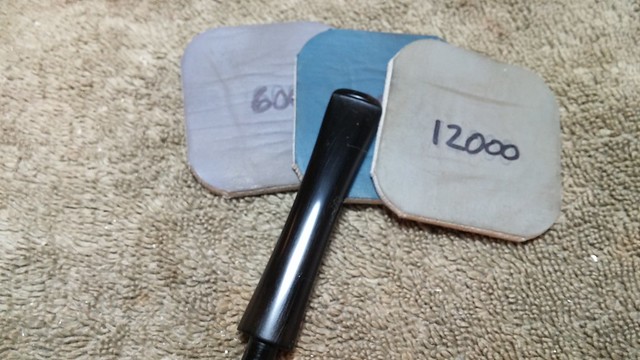
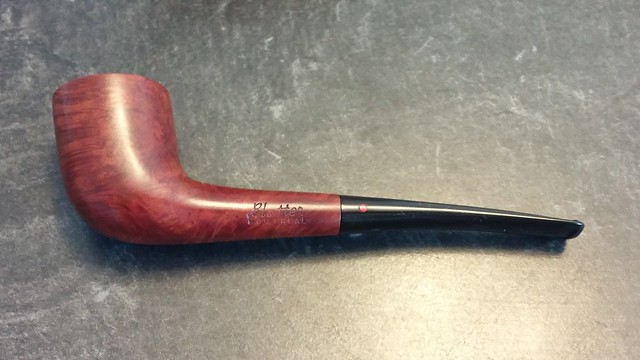

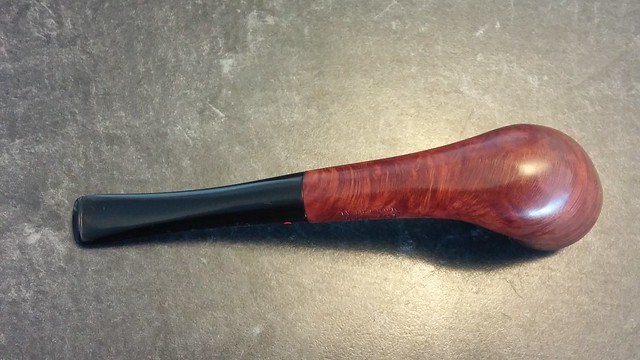



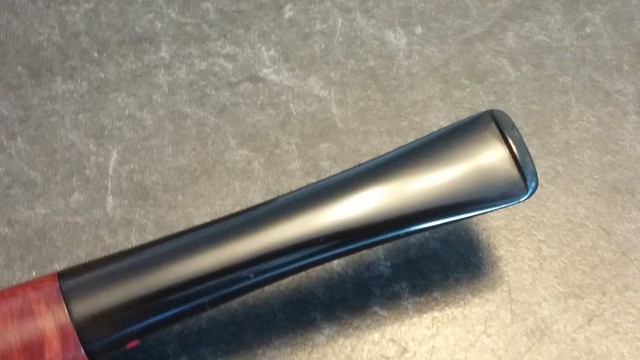
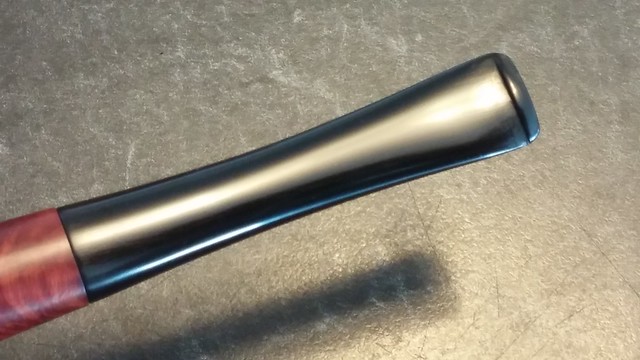


Reblogged this on rebornpipes and commented:
Great information here Charles. There is also a one dot green that is on early pipes made by the grandfather… I have one of those old timers and have been in correspondence with them regarding it. Well done on this pipe – it is a beauty!
LikeLiked by 1 person
Thanks Steve. It was in pretty good shape to start. Lots of stem work coming up for the rest of collection, though!
LikeLike
I found a pipe at a estate sale the other day. It was in a “Blatter & Blatter ” bag. I took it home and opened it. The pipe almost looks like this one. Red dot on it and the “blatter Montreal ” marking. I just have it sitting there cause I don’t smoke. I was curious about it do u googled it and this came up.
LikeLike
Thanks for visiting, Amanda!
LikeLike
Blatter pipes are one of the best kept secrets in Canada. As a fellow blatter smoker I look forward to seeing the rest.
LikeLiked by 1 person
I agree. It’s a real shame the company can’t advertise their pipes the same way others do outside of Quebec. Maybe someone needs to start a fan site 😃
LikeLike
Lovely work, Charles.
One small correction on the dot thing if I may. All Blatter pipes since around 1970 have a single red dot whether machine or hand made (Select grade pipes). Two dots denote pipes deemed to have exceptional grain.
I am still, however, trying to figure out what two dots of different colours is supposed to represent.
I can’t wait to see your efforts on the other five Blatters.
LikeLiked by 1 person
Thanks for the info! There is very little available online. Great to get clarification.
LikeLike